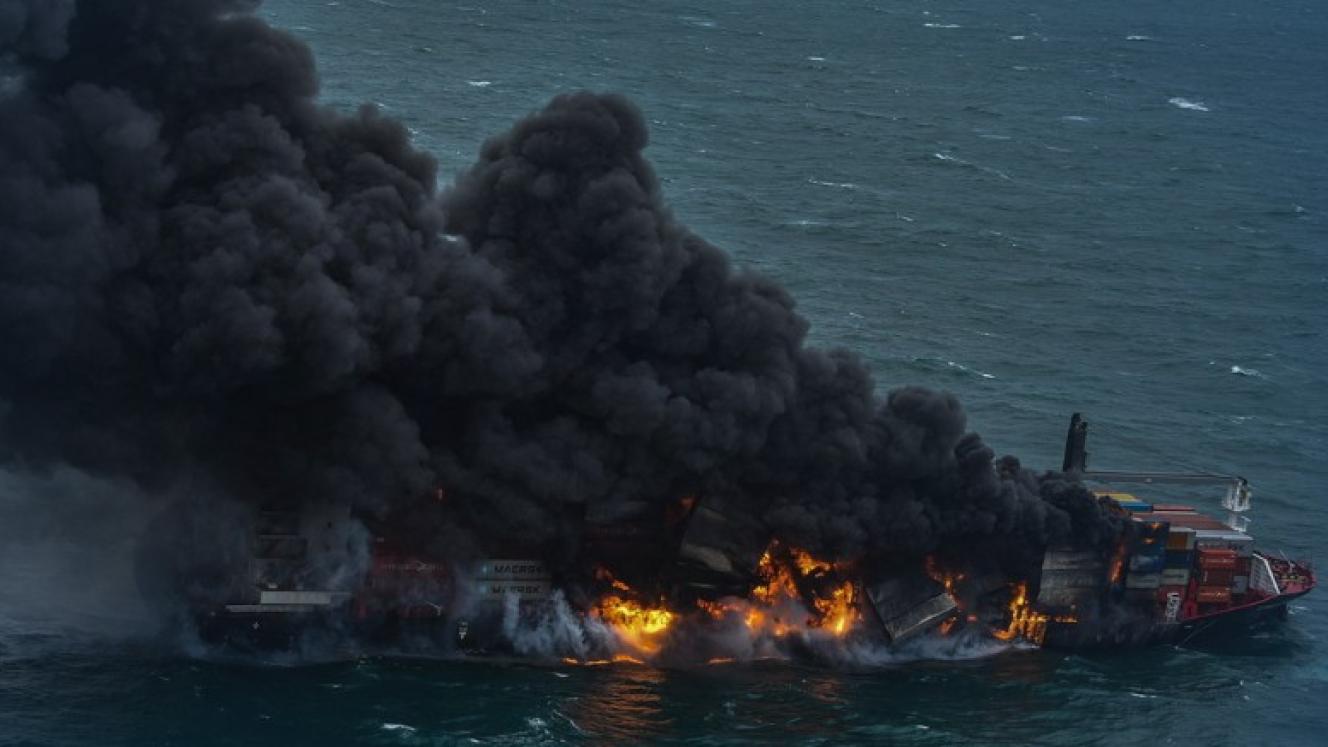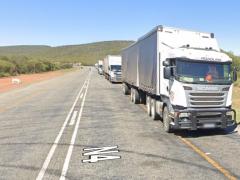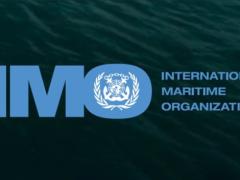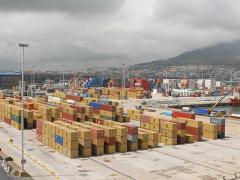Investigators are probing whether spontaneous combustion or coal dust ignition might have triggered the August 18 blast on board the 81 681 deadweight tonnage W-Sapphire near the Port of Baltimore.
This is after the US Coast Guard recovered a 30-ton hatch from the waterway south of the Port of Baltimore on August 28. Since then, the Fort McHenry Channel has been fully reopened to vessel traffic.
The Channel is directly north of the Francis Scott Key Bridge which collapsed on March 26, 2024, after a container ship named the Dali lost power and struck one of the bridge's main supporting piers.
Asia Shipping Media reported that sonar sweeps conducted by the Army Corps of Engineers helped locate and clear the obstruction.
Baltimore’s shipping traffic was disrupted for nearly a week after the explosion on a fully laden coal carrier in the Patapsco River.
The explosion caused an 80-meter plume of smoke near the site of the collapsed bridge, and residents in vicinity reported a loud bang that reverberated through their homes.
All 23 crew members and two pilots on the 13-year-old bulker, laden with coal and bound for Port Louis, Mauritius, were safely accounted for with no injuries.
The incident highlights the destruction of on-board fires over the last few years, ever since the Höegh Xiamen blaze of June 2020.
The car carrier containing 2 420 used vehicles was completely gutted in a fire apparently caused by an electrical arc from an improperly disconnected battery at the time of the incident at Blount Island near the Port of Jacksonville.
Damages from ate least $66 million were incurred – $26m from “hull loss”, and $40 million from the vessel’s cargo destroyed in the fire.
Since then, a series of on-board fires have drawn attention to the risks of transporting dangerous cargo at sea, many resulting in what seems like spontaneous combustion.
The X-Press Pearl, a Singapore-registered container ship, caught fire off Colombo, Sri Lanka, on May 20, 2021, while carrying hazardous chemicals and plastic pellets.
After burning for nearly two weeks, it sank on June 2, releasing vast quantities of toxins and microplastics into the ocean. The spill devastated marine life, polluted beaches with nurdles, and forced a lengthy fishing ban that harmed thousands of livelihoods.
In July 2025, the Sri Lanka’s Supreme Court ordered the ship’s owners, operators and agents to pay US$1 billion in damages, calling the disaster one of the worst marine pollution events in the nation’s history.
The Felicity Ace, carrying luxury cars including electric models, caught fire on February 16, 2022, in the Atlantic south of the Azores. The blaze, suspected to have originated in a lithium-ion battery, led to the ship sinking on March 1, with the total loss of cargo.
On July 25, 2023, the Fremantle Highway caught fire in the North Sea off the Dutch coast while transporting nearly 3 800 vehicles, around 500 of them electric. One crew member died several vehicles were destroyed, though the vessel was later towed to port.
Recently, the Morning Midas, carrying about 3 000 vehicles including 800 electric vehicles, reported a fire on June 3, 2025, in the North Pacific off Alaska. The crew was evacuated, but the ship sank on June 23. Authorities suspect the blaze involved lithium-ion batteries and toxic gases from combustion.
The International Maritime Organization is reviewing guidelines on the transport of electric vehicles, amid concerns that existing firefighting systems are insufficient to manage lithium-ion battery fires at sea.













